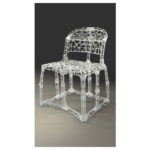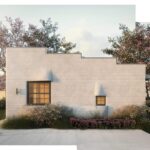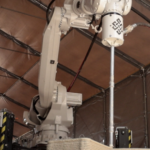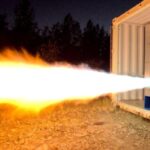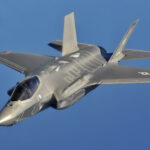Scoliosis is a sideways curvature of the spine that can be caused by a number of muscular and neuromuscular conditions. It affects 2-3% of the world’s population, so hundreds of millions of people deal with the sometimes severe symptoms that come with it, from pain to indigestion. The most common treatment for scoliosis is the use of a back brace that helps straighten the user’s posture. Unfortunately, such braces are often ill-fitting and uncomfortable, which discourages users from wearing them. A startup called Exos plans to modernize and personalize the back brace by 3D printing theirs using 3D scans of the patient, making a significantly more comfortable and effective product.
What is a Scoliosis Back Brace?
When I say that back braces are uncomfortable, I’m speaking from personal experience. My own neuromuscular disease led to acute scoliosis after the age of five, bad enough that I had to eventually undergo a spine-straightening corrective surgery to prevent my organs from interfering with each other. But I wore a brace for several years before the surgery, and that surgery is rather risky and not available to everyone, so many will only ever have a brace for treatment. Scoliosis braces are basically medical corsets that are made mostly of fabric, and there are vertical sleeves that hold stiff bars that provide the straightening support when the brace is cinched or clasped correctly around the patient. The bars in mine were metal but they come in plastic as well.
You can probably begin to see why they’re uncomfortable. The bars stab into you, the fabric chafes your skin, and you sweat right through your undershirt because the braces don’t breathe at all. It’s difficult to wear them for more than a few hours at a time, much like the fashion corset.
The Exos Armor Difference
All of the main problems with a brace have been addressed on the Exos Armor. Whereas a traditional brace is made by taking a few basic measurements (or inconvenient plaster casts) such as chest circumference and torso length, Exos takes 3D scans of the patient to create a brace that fits them perfectly, down to the millimeter. Rather than mixing hard materials with soft materials that don’t move and flex the same, Exos Armor braces are unibody and can be printed in a variety of materials with different degrees of stiffness to suit the patient’s needs. And by incorporating a mesh-like pattern into the brace, it breathes extremely well.
The founders of Exos are brothers Federico Ranalli and Jacopo Ranalli. Federico has scoliosis and is very familiar with the woes of back braces, so he helped Jacopo, a materials engineer, design the Armor with Andrea Stangoni, a 3D designer. They recently exhibited the product at the online CES 2021 expo, revealing that compared to a traditional brace, the Armor brace is:
- – Up to 50% lighter
- – More breathable
- – Tailored to the millimeter
- – Approximately 30% thinner
- – 90% faster to produce
- – Customizable – color, shape, and material
What’s even more promising is that the Armor can be produced on FDM printers, which definitely helps keep costs down and turnaround times short. I expect they’ll offer SLS or SLA versions in the future but it’s smart to start with FDM.




